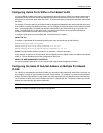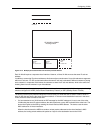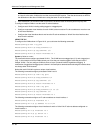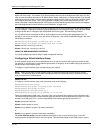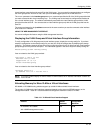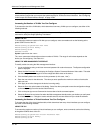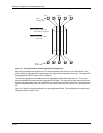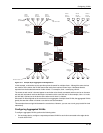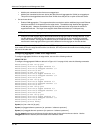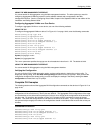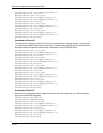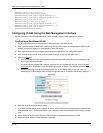
Configuring VLANs
HP9300# reload
Syntax: system-max virtual-interface <num>
The <num> parameter indicates the maximum number of virtual interfaces. The range of valid values depends on
the device you are configuring. See Table 16.1.
USING THE WEB MANAGEMENT INTERFACE
See the Web management procedure for increasing the VLAN table size, in “Increasing the Number of VLANs You
Can Configure” on page 16-42.
Configuring Super Aggregated VLANs
You can aggregate multiple VLANs within another VLAN. This feature allows you to construct Layer 2 paths and
channels. This feature is particularly useful for Virtual Private Network (VPN) applications in which you need to
provide a private, dedicated Ethernet connection for an individual client to transparently reach its sub-net across
multiple networks.
Conceptually, the paths and channels are similar to Asynchronous Transfer Mode (ATM) paths and channels. A
path contains multiple channels, each of which is a dedicated circuit between two end points. The two devices at
the end points of the channel appear to each other to be directly attached. The network that connects them is
transparent to the two devices.
You can aggregate up to 4094 VLANs within another VLAN. This provides a total VLAN capacity on one HP
device of 16,760,836 channels (4094 * 4094).
The devices connected through the channel are not visible to devices in other channels. Therefore, each client
has a private link to the other side of the channel.
The feature allows point-to-point and point-to-multipoint connections.
Figure 16.16 shows a conceptual picture of the service that aggregated VLANs provide. Aggregated VLANs
provide a path for multiple client channels. The channels do not receive traffic from other channels. Thus, each
channel is a private link.
16 - 43



